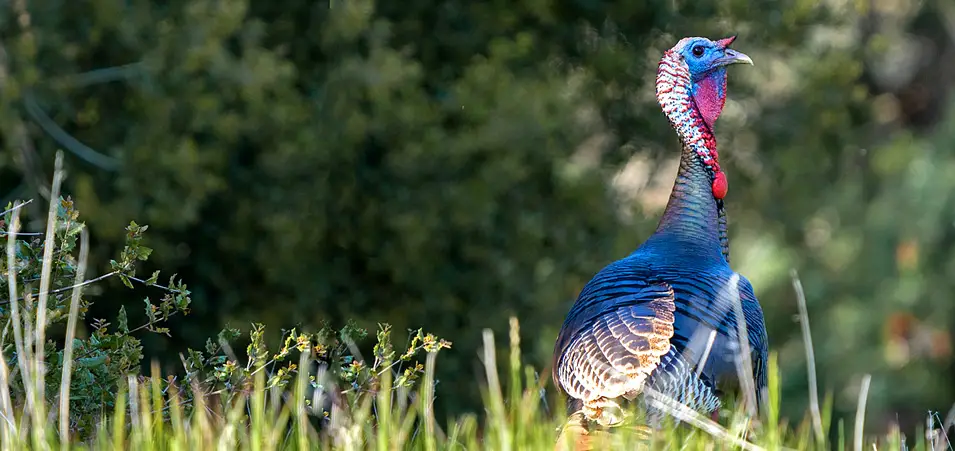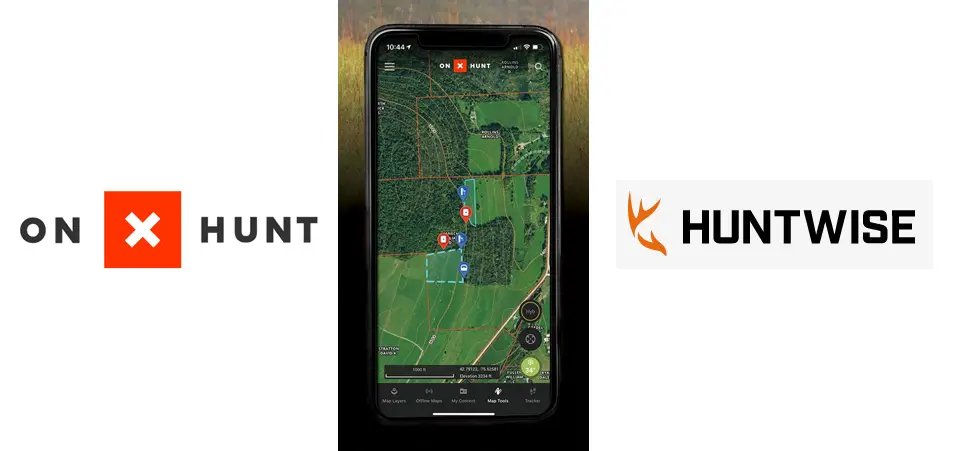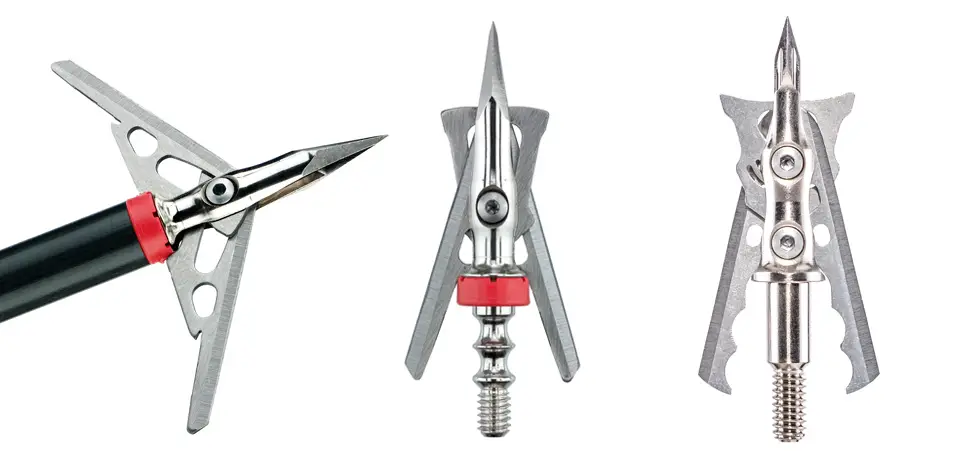If you have a whole day to hunt ducks, why only hunt them in the morning? The truth is you can cram three unique duck hunts into a single day if you live in the right area. On this episode I talk about how to do everything possible to take home a limit of ducks over the course of a day.
The morning hunt is the traditional one that most people identify with, sitting in a blind with decoys out in front and calling birds in. This is a great way to hunt, and effective in many places if you’ve done your scouting. But it is far from the only way. This is likely the best way to start the day though. Get out early and try to bring home a limit of ducks early.
The mid-day hunt takes on a different form. Once you have packed things up and gotten something to eat, you can run and gun, cover ground, and work to sneak up on birds on ponds, streams, and other bodies of water. This can be just as effective if you know the water in your area and have put together a good circuit.
The evening hunt is your last chance but it provides a good chance to get it done. The premise here is you have a whole day to hunt and do not want to go home empty handed or shorthanded. Hunting at the end of the day can be just as productive as any other time.
Listen to the episode to hear about all 3 hunting strategies for an all-day hunt.




